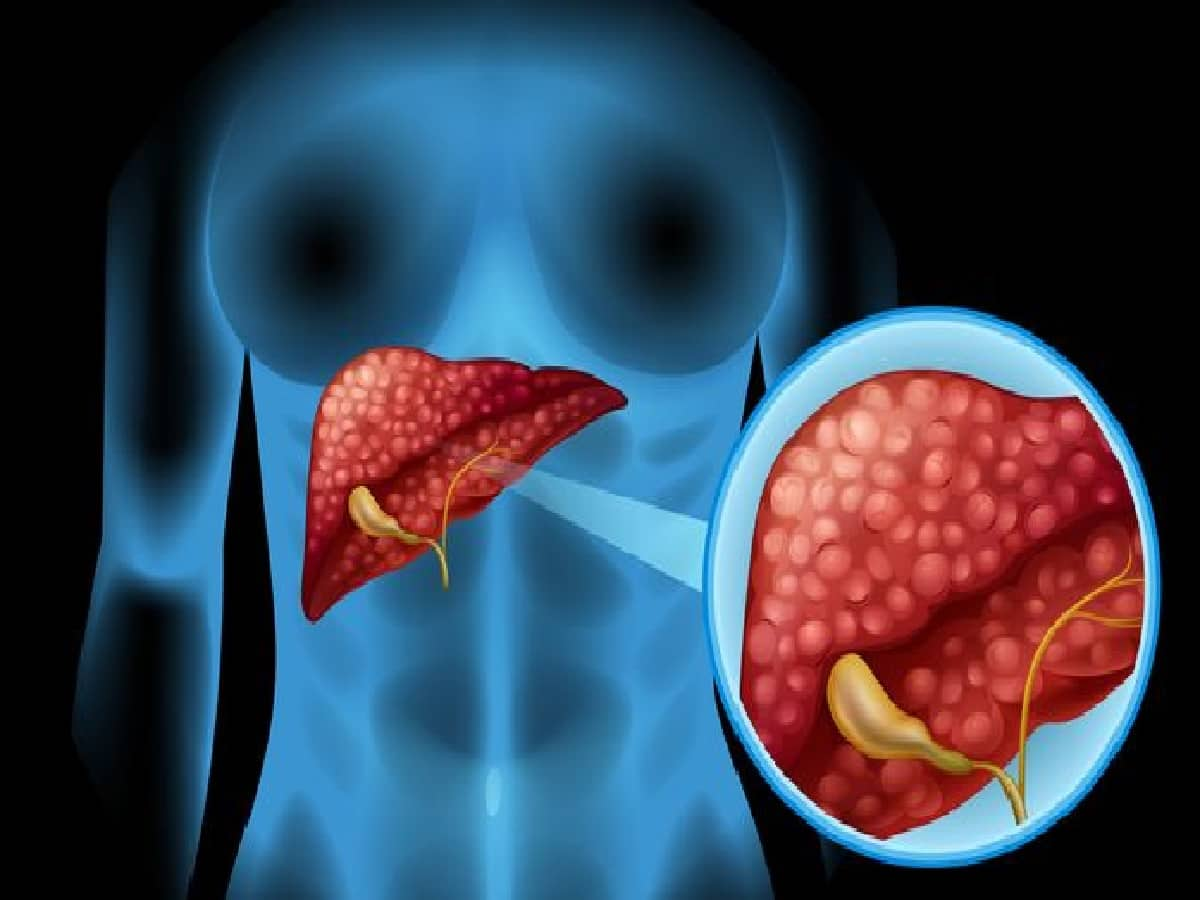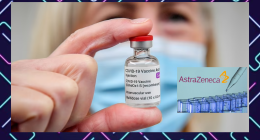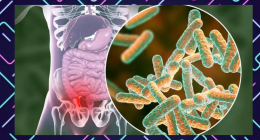About 30% Of The Population In India Have Fatty Liver Disease –  Every year, liver diseases account for over 2 million or 20 lakh deaths worldwide, with India alone accounting for 4 lakh deaths.
Every year, liver diseases account for over 2 million or 20 lakh deaths worldwide, with India alone accounting for 4 lakh deaths.
Fatty liver, a condition which refers to extra fat in the liver, is accountable for most liver diseases including liver cancer in India, said doctors and health experts highlighted during a recent health summit. They also emphasized on creating more awareness on the disease to tackle this emerging health issue.
About 30% Of The Population In India Have Fatty Liver Disease: Doctors Say
About 30 per cent of the population or 1 in 3 people in India are suffering from fatty liver, noted doctors who had gathered at India Liver Health Summit 2022 organized by Integrated Health & Wellbeing (IHW) Council.
There has been a growing incidence of fatty disease in the country, and it is a matter of serious health concern, said Dr Shiv Kumar Sarin, Sr. Professor, Department of Hepatology and Vice Chancellor, Institute of Liver and Biliary Sciences, New Delhi.
He continued, “In India, around one-third of the population or 30 per cent have fatty liver. This condition will continue to give rise to other serious health complications like diabetes and liver cancer.”
1 in 4 people in India have liver injury
A simple SGPT blood test and ultrasound imaging can verify your risk of liver injury. If the SGPT range is over 40, then it means the liver is injured and this condition can lead to dryness and liver fibrosis, Dr Sarin said.
As estimated 1 in 4 people in India have high SGPT, that means 22-25 percent of the population, he added.
Stressing that liver cancer today is the fastest growing cancer in the world, Dr Sarin has advised people to keep their liver free of fat as much as you can.
“There are two challenges when one gets liver cancer. One, your liver is sick and another that there is cancer developing inside. Considering that 1 in 3 people in India have fatty liver and the growing incidence of Hepatitis B and C, we are going to confront a lot of cases in the years to come,” pointed out Dr AK Vaid, Chairman, Medical and Haemato Oncology, Cancer Institute, Medanta – The Medicity, Gurgaon.
Reasons behind prevalence of fatty liver disease in India
Speaking at the IHW session, Dr Govind Makharia, Professor, Department of Gastroenterology, All India Institute of Medical Sciences, New Delhi noted that the prevalence of fatty liver disease is increasing in both rural and urban areas. This is happening due to a changing and sedentary lifestyle.
“This is happening due to a changing and sedentary lifestyle. Today, people in urban and rural areas are consuming more calories and doing less physical activity. Obesity and alcohol abuse are two main reasons, both in urban and rural areas,” Dr Makharia said.
Expressing his views on the issue, Dr. Arvinder Singh Soin, Chairman, Institute of Liver Transplantation and Regenerative Medicine, Medanta – The Medicity, Gurgaon, reminded people that liver health is in their own hands, and this disease is highly preventable.
India faces huge gap between demand and supply in organ donation
Highlighting the disappointing scenario of liver transplant in India, Dr. Soin said that there is a huge gap between demand of organ transplant and the supply.
Dr Soin stated, “On an average, 2500 liver transplants are conducted in India every year, but this number is very small, considering that at least 2.5 lakh to 3 lakh people get liver disease and cancer. Out of the affected population, 50,000-60,000 people can be saved through liver transplant. Since only 2,500 transplants are done, there is a huge gap between demand and supply.”
Every year, liver diseases account for over 2 million or 20 lakh deaths worldwide, the majority being from complications of cirrhosis, hepatitis, hepatocellular carcinoma, and liver cancer respectively. Of these 20 lakh deaths, 4 lakhs took place in India only, said Kamal Narayan, CEO, Integrated Health and Wellbeing (IHW) Council.
He noted that besides a better and healthy lifestyle, there is a need for addressing the gap between demand and supply in organ donation.
“Organ donation awareness at national level and managing viral hepatitis are also important steps in managing this disease,” said Narayan concluded.







